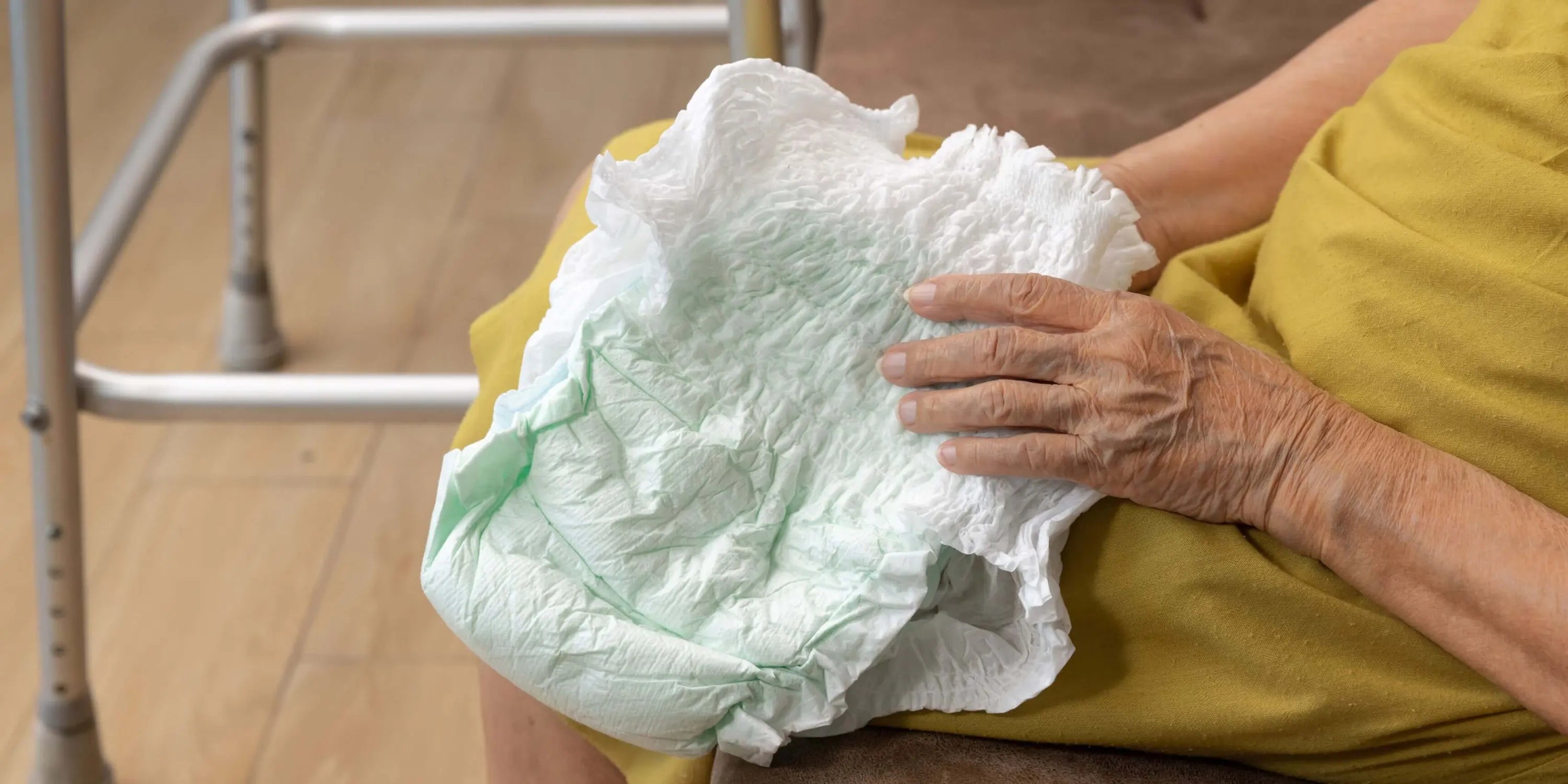L'incontinence n'est peut-être pas une question de vieillissement
L'incontinence n'est peut-être pas une question de vieillissement
07 JUIN 2023
L'incontinence urinaire – la perte du contrôle de la vessie – est un problème courant et souvent embarrassant. La gravité varie d'une fuite d'urine occasionnelle lorsque vous toussez ou éternuez à une envie d'uriner si soudaine et si forte que vous n'arrivez pas aux toilettes à temps.
Même si elle survient plus souvent avec l’âge, l’incontinence urinaire n’est pas une conséquence inévitable du vieillissement. Si l’incontinence urinaire affecte vos activités quotidiennes, sachez qu’elle peut être inversée. Pour la plupart des gens, de simples changements dans leur mode de vie peuvent atténuer l’inconfort ou mettre fin à l’incontinence urinaire.
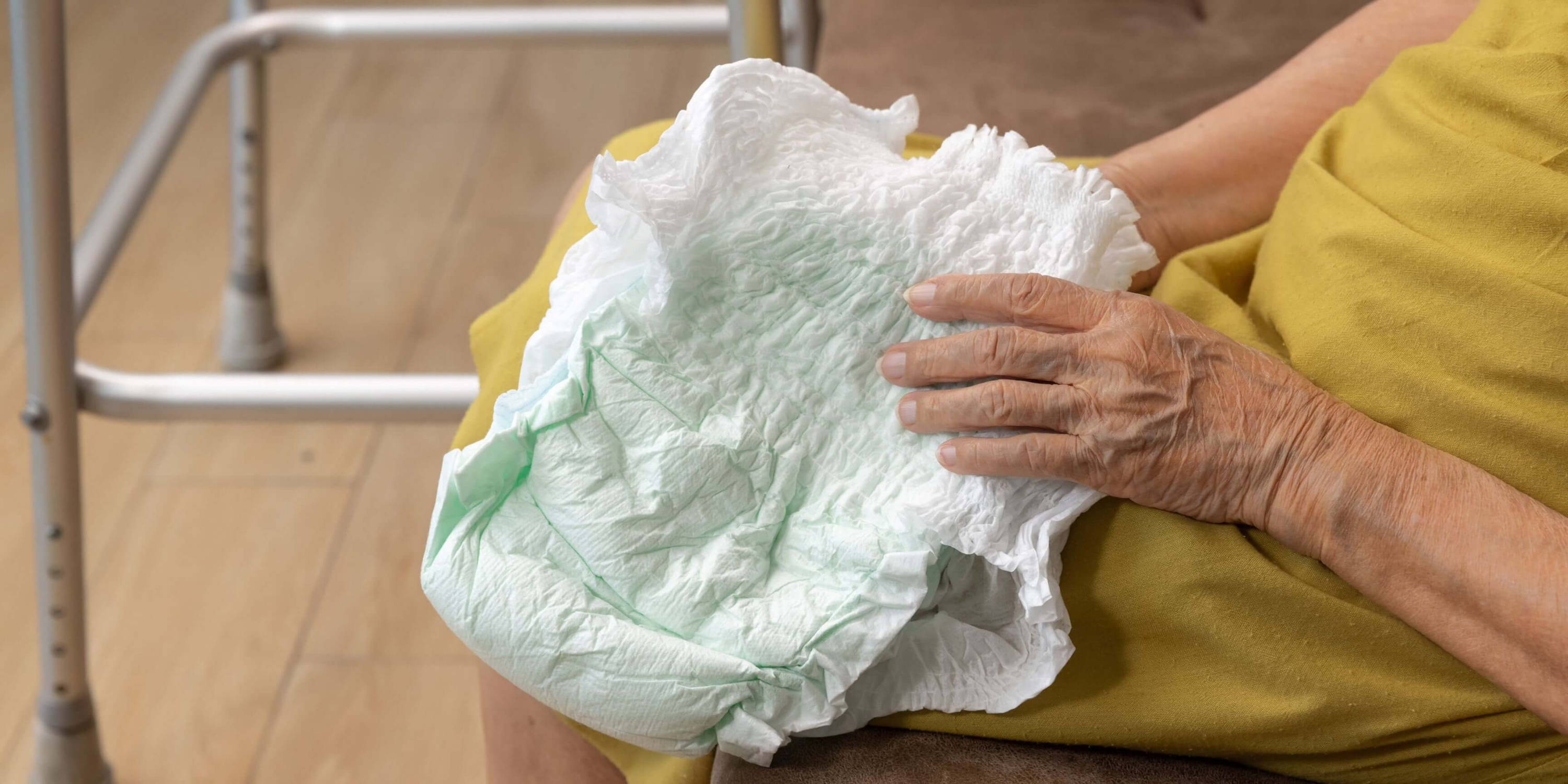
Les types d’incontinence urinaire comprennent :
L'incontinence urinaire peut :
Certaines boissons, aliments et médicaments peuvent agir comme diurétiques, stimulant votre vessie et augmentant votre volume d'urine. Ils comprennent:
-
Boissons gazeuses et eau gazeuse
L’incontinence urinaire peut également être causée par une affection facilement traitable, telle que :
-
Infection des voies urinaires : Les infections peuvent irriter votre vessie, provoquant de fortes envies d'uriner et parfois de l'incontinence.
Incontinence urinaire persistante
L'incontinence urinaire peut également être une affection persistante causée par des problèmes ou des changements physiques sous-jacents, notamment :
Facteurs de risque
Les facteurs qui augmentent votre risque de développer une incontinence urinaire comprennent :
-
Sexe : Les femmes sont plus susceptibles de souffrir d'incontinence à l'effort. La grossesse, l'accouchement, la ménopause et l'anatomie féminine normale expliquent cette différence. Cependant, les hommes souffrant de problèmes de prostate courent un risque accru d’incontinence par impériosité et par regorgement.
-
Tabagisme : La consommation de tabac peut augmenter votre risque d'incontinence urinaire.
Complications
Les complications de l'incontinence urinaire chronique comprennent :
La prévention
L'incontinence urinaire n'est pas toujours évitable. Cependant, pour vous aider à réduire votre risque :
Pourquoi les jeunes qui enfreignent également toutes les règles ne l'ont-ils pas ? Outre ce qui précède, une des raisons principales pour lesquelles les personnes âgées sont souvent moins actives est qu’elles sont souvent moins actives. Lorsque vous êtes en déplacement, vous contractez naturellement et souvent sans vous en rendre compte vos muscles de contrôle urinaire pour compenser le besoin d'élimination. Une sorte de Kegel inconscient naturel. Ainsi, une partie ou la totalité de la solution pourrait consister à faire des promenades ou des balades à vélo de plus en plus longues à l'extérieur ou sur le tapis roulant via des exercices stationnaires enrichis en oxygène .
Je prends parfois un nettoyant intestinal comme OxyCleanse et je remarque qu'en fonction de ma consommation alimentaire de la veille, l'envie d'uriner est souvent liée à l'envie de déféquer. L’un renforce ou soulage le besoin de l’autre.
Les exercices qui peuvent aider à l'atténuer sont les exercices de Kegel - mais ils sont très ennuyeux, et rares sont ceux qui les font à moins de vouloir renforcer leur vie sexuelle, ce qui, maintenant que j'y pense, peut même être une meilleure raison.
Il est largement admis qu’il est lié à la respiration et à l’incontinence.
Ajoutez les cartes C10, C9, C33, C30, C20, C12, C11 et C27 incluses dans notre kit de respiration optimale.
Vaincre l'incontinence et récupérer le contrôle de la vessie grâce à une respiration optimale

Rencontrez Mike White
Rencontrez Michael Grant White, le coach de respiration optimale et obtenez des informations concrètes sur votre développement respiratoire, votre santé et votre longévité.
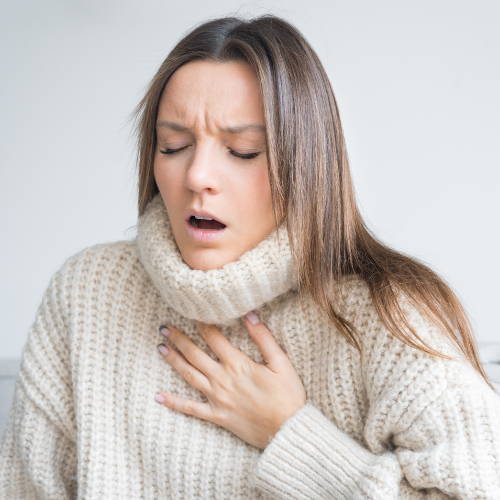
Quelle est votre respiration ?
Vous voulez connaître l’avenir de votre santé et de votre longévité ?
Articles les plus populaires
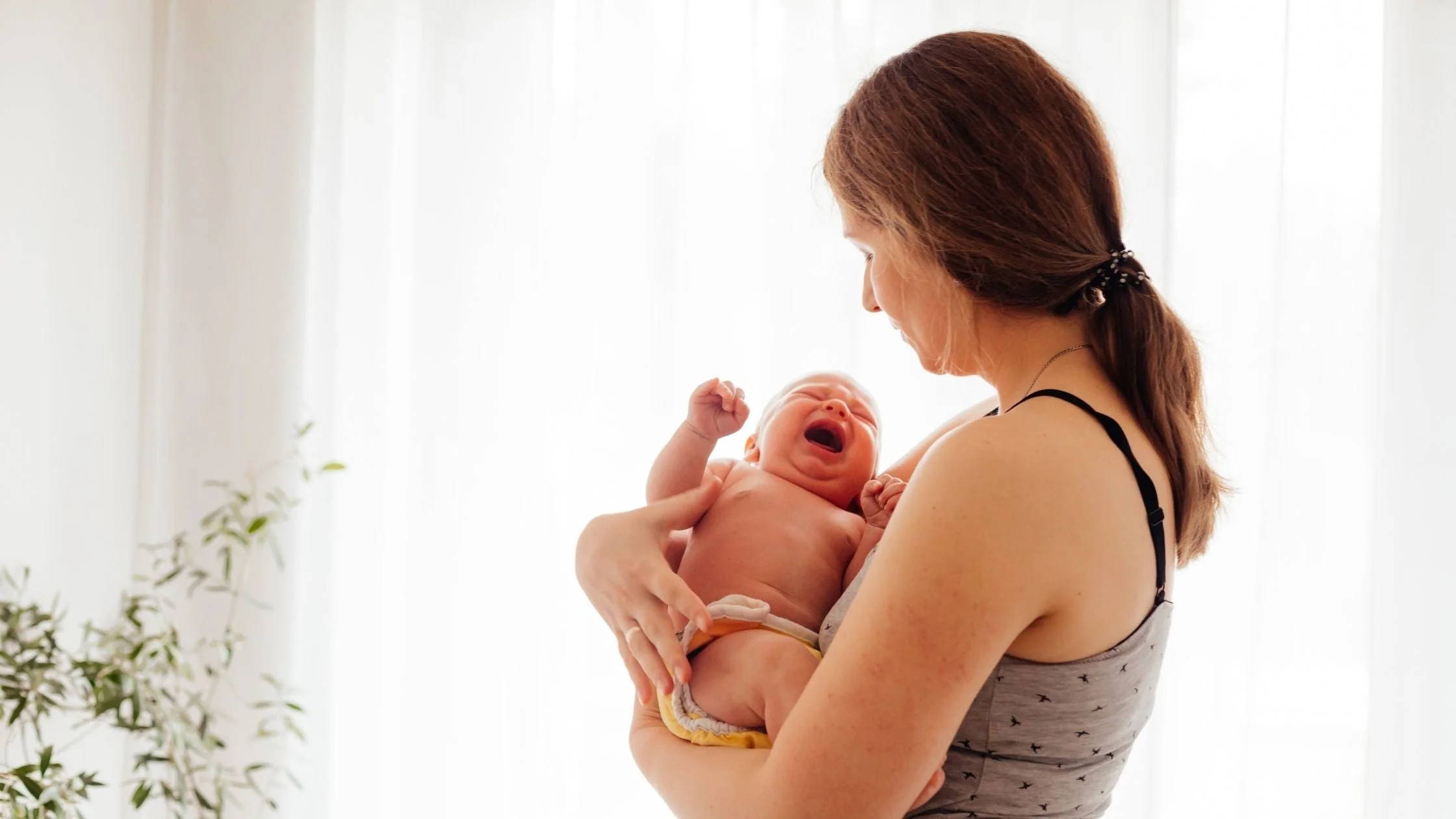
12 avril 2021

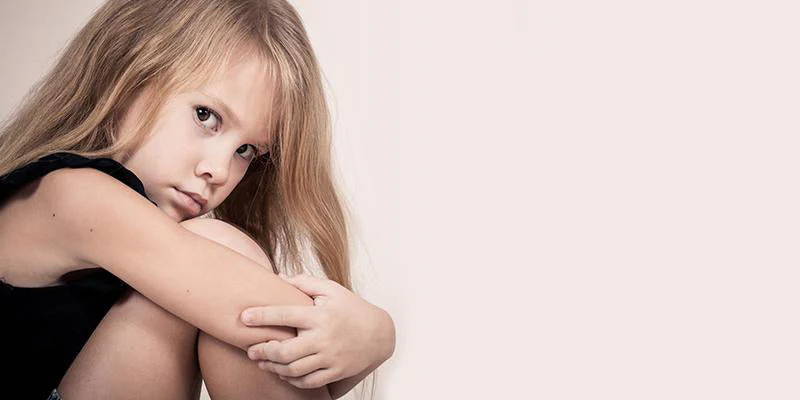
10 février 2022

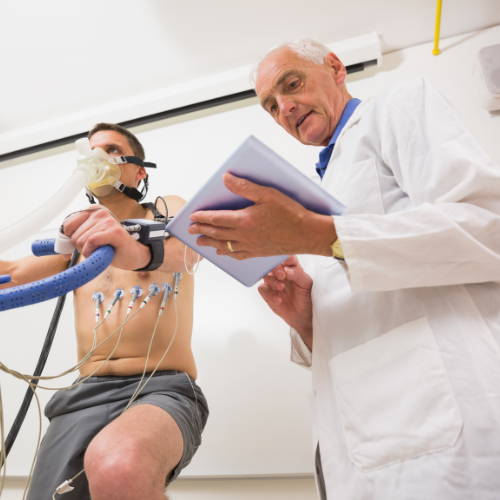
Atteignez des niveaux d’exercice satisfaisants sans aggraver le cœur existant.
Comprenez et explorez EWOT - Exercice avec oxygénothérapie.
La respiration optimale
Kit de maîtrise de soi
Articles sur la respiration et l'oxygène
-
Respiration
-
Oxygène
- La moisissure pourrait être présente dans votre maison en ce moment. Êtes-vous à risque ?
- Combattre le stress au travail de la bonne manière
- La mauvaise respiration provoque l’asthme – Voici quoi faire !
- Respiration optimale, autisme et développement cérébral
- Pourquoi mieux respirer ? La mauvaise respiration vous rend malade ou encore plus malade. Apprenez à mieux respirer maintenant
- Guérissez vos problèmes respiratoires avec des exercices de respiration
Rencontrez et travaillez avec nos praticiens
Obtenez une aide personnelle pour améliorer votre santé
et de la vitalité.
Bénéficiez d’un coaching et de conseils d’experts de la part de nos experts en respiration optimale.
Que vous recherchiez un expert en Respiration Intégrale, Voice Coach
ou quelqu'un qui se spécialise dans l'anxiété ou la dépression, ne cherchez pas plus loin.

